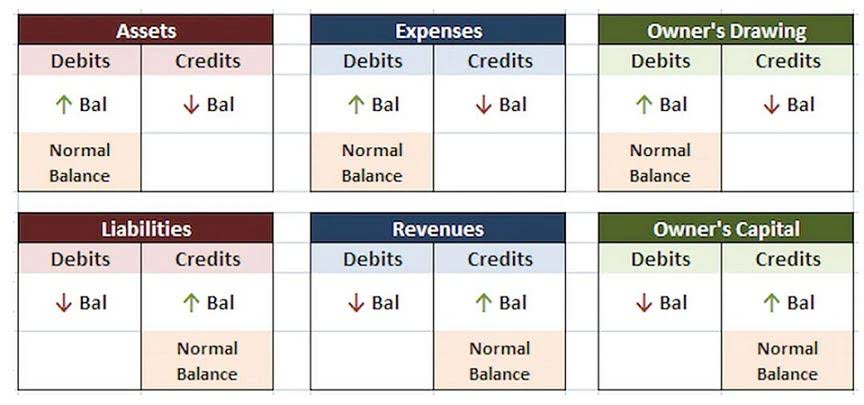
A seller shipping fragile electronics may opt for FOB Destination to maintain control over the transportation process, ensuring the goods are handled carefully and delivered in optimal condition. According to the International Chamber of Commerce, understanding Incoterms like FOB Shipping Point is essential for smooth international trade transactions. Since the shipment is FOB shipping point, the delivery is made at the moment the flowers are shipped. The freight in account in the above journal entry is a temporary account that adds to the cost online bookkeeping of goods purchased.

FOB Destination Vs FOB Shipping Point

Incoterms are agreed-upon terms that define transactions between shippers and buyers, so importers and exporters can speak the same shipping language. While Incoterms can apply to international trade and domestic shipments, UCC is primarily used for domestic shipments. Assume that a seller quoted a price of $900 FOB fob shipping point example shipping point and the seller loaded the goods onto a common carrier on December 30.
- Incoterms are published and maintained by the International Chamber of Commerce (ICC).
- These two Incoterms dictate when ownership, responsibility, and costs shift from seller to buyer—a decision that can save or cost your business thousands.
- FOB abbreviation stands for “Free on Board,” and shipping point refers to the location, where the goods are loaded onto the carrier.
- Hence, you need to negotiate any points that could impact costs or responsibilities, such as the specifics of delivery timelines and the handling of damaged goods.
- These terms impact when ownership transfers, who pays for transportation, and who bears the risks during transit.
- Under FOB shipping point, the buyer pays freight; under FOB destination, the seller does.
FOB destination, freight collect
Imagine you’re a small business owner who secures a deal to import antique furniture from an overseas supplier. You see the term “FOB shipping point” in the contract but, unsure what it means, you sign away. Recording the exact delivery time when goods arrive at the shipping point can be challenging.
FOB Origin Example
FOB indicates when the liability and ownership of shipped goods officially transfer from the seller to the buyer. FOB shipping terms of sale also outline whether the buyer or the seller is responsible for freight costs. FOB stands for “Free On Board” and indicates that the buyer takes ownership of the goods at the point they are loaded onto a carrier, typically at the seller’s shipping dock or warehouse. On the other hand, the buyer will just record the purchase transaction as the shipping cost is not their responsibility.
This underscores the importance of sellers ensuring proper packaging and care during transportation. The International Chamber of Commerce defines the buyer and seller’s shipping responsibilities. Free on Board (FOB) agreements define which party is liable for costs and risks and when they are liable. When using FOB arrangements, either the buyer or seller may have to cover transportation costs based on their agreement. However, with DAP arrangements, it is always the seller’s responsibility to pay for transportation.
- It is the point where ownership and responsibility for the goods transfer from the seller to the buyer.
- FOB shipping point (or FOB origin) is a shipping term that means the buyer assumes ownership and liability of the goods as soon as they are loaded on the boat at the seller’s shipping dock.
- Imagine you’re purchasing a batch of electronics from a manufacturer in Germany, and your business is based in the US.
- FOB origin and FOB destination determine when ownership of a shipment changes and who pays for shipping.
- With the FOB shipping point option, buyers have increased control over the transportation process.
- The terms affect shipping costs, liability, and even financial statements for accounting.
- These terms may specify a particular location as the point where ownership and responsibility for the goods transfer from the seller to the buyer.
Manage store localization, shipping, duties, and compliance, all in one place. Hopefully, the buyer in this example took out cargo insurance and can file a claim. Due to agreed FOB shipping point terms, they’ll have no recourse to ask the seller for reimbursement. FOB, or “free on board,” is a widely recognized shipping rule created by the International Chamber of Commerce (ICC). It defines the point when a buyer or seller becomes liable for goods transported by sea. Failure to maintain accurate shipment records can result in delays and disputes.

In this journal entry, there is no freight-in account since the balance of inventory will need to be updated perpetually. FCA or “free carrier” means a seller is obligated to deliver goods to a specified location or carrier where the buyer will take responsibility for transit. From that point, the buyer is responsible for making further transport arrangements. Shopify Markets helps you sell to multiple countries and scale your business internationally—all from a single Shopify store.

Who is responsible for the freight cost when the terms are FOB Destination?
The FOB pricing point is the specific location where ownership and responsibility for goods transfer from the seller to the buyer during shipping. Understanding the accounting implications of Free On Board (FOB) terms is vital for businesses engaged in international trade. Sellers are typically responsible for expenses related to transporting goods to the shipment point, while buyers take over the costs beyond this point. For international shipping to go smoothly and effectively, it is essential that you understand the primary responsibilities outlined in FOB shipping point agreements. With a CIF agreement, the seller agrees to pay the transportation fees, which include insurance and other accessorial fees, until the cargo is transferred to the buyer.
What Is the Difference Between FOB Origin and FOB Destination?
FOB decides who is responsible for the loss or https://www.bookstime.com/articles/what-is-periodic-inventory-system cost of replacement based on when the damage occurred. The FOB designation determines when the title of an item transfers from seller to buyer. Delivery Duty Paid (DDP) means the seller handles all costs, including import duties. FOB destination transfers responsibility when goods reach the buyer’s location, with the buyer handling import duties.
